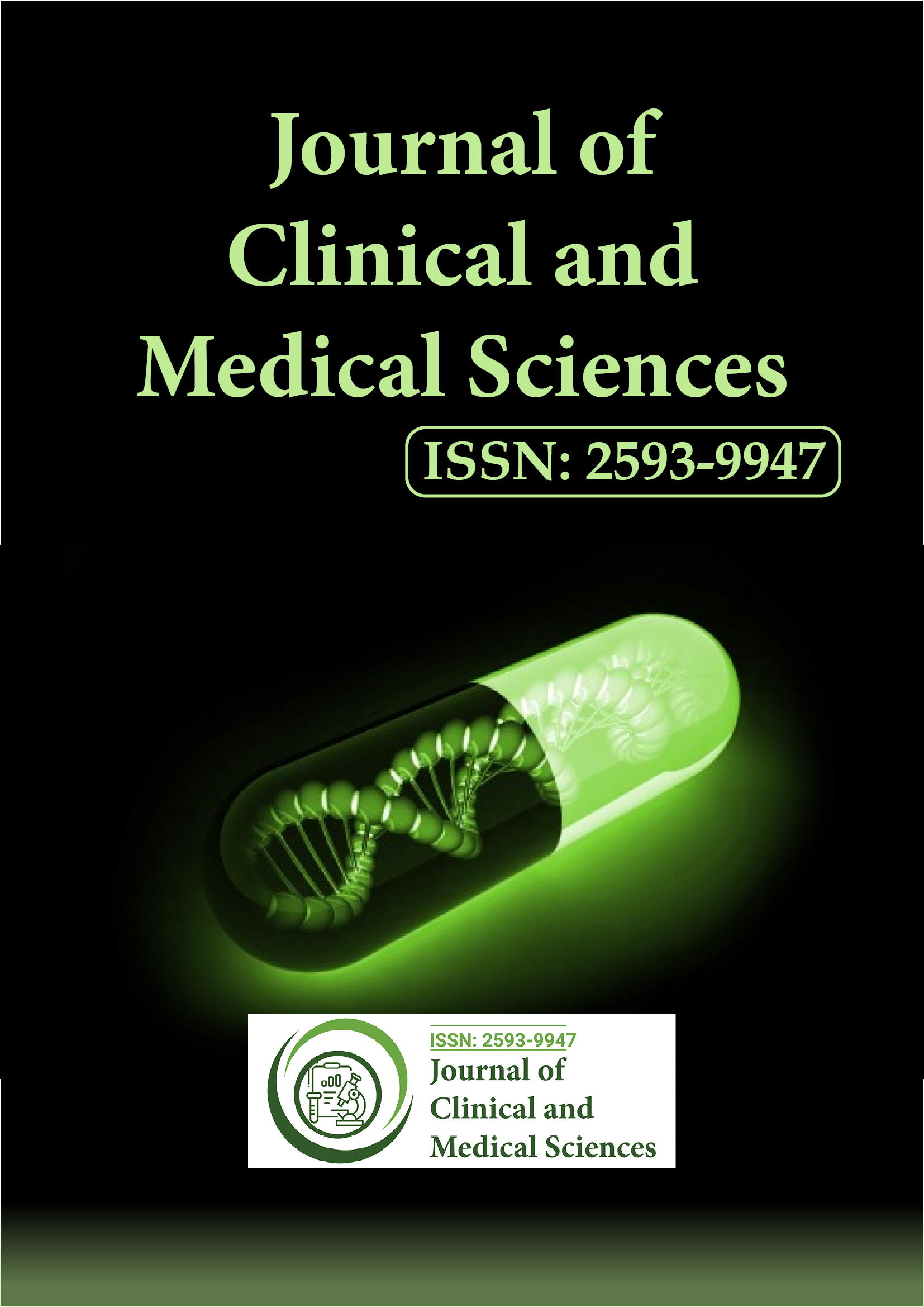Indexed In
- Euro Pub
- Google Scholar
Useful Links
Share This Page
Journal Flyer

Open Access Journals
- Agri and Aquaculture
- Biochemistry
- Bioinformatics & Systems Biology
- Business & Management
- Chemistry
- Clinical Sciences
- Engineering
- Food & Nutrition
- General Science
- Genetics & Molecular Biology
- Immunology & Microbiology
- Medical Sciences
- Neuroscience & Psychology
- Nursing & Health Care
- Pharmaceutical Sciences
Commentry - (2025) Volume 9, Issue 2
The Difficult of Diabetes Mellitus: A Global Public Health Challenge
Ethan Walker*Received: 30-Apr-2025, Manuscript No. JCMS-25-29532; Editor assigned: 02-May-2025, Pre QC No. JCMS-25-29532 (PQ); Reviewed: 16-May-2025, QC No. JCMS-25-29532; Revised: 23-May-2025, Manuscript No. JCMS-25-29532 (R); Published: 30-May-2025, DOI: 10.35248/2593-9947.24.9.316
Discription
Diabetes mellitus is one of the most pressing global health challenges of the 21st century, with its prevalence rising at alarming rates across both developed and developing nations. Characterized by chronic hyperglycemia resulting from impaired insulin secretion, insulin action, or both, diabetes has far-reaching implications for individuals, healthcare systems, and societies. The World Health Organization estimates that hundreds of millions of people are currently living with the disease, and projections suggest that this number will continue to grow in the coming decades. The increasing burden of diabetes is not only a medical issue but also a socioeconomic challenge, as it contributes significantly to morbidity, mortality, and healthcare costs worldwide.
The pathophysiology of diabetes is multifaceted. Type 1 diabetes is an autoimmune condition in which the body’s immune system destroys pancreatic beta cells, leading to complete insulin deficiency. Although it typically manifests in childhood or adolescence, it can occur at any age. In contrast, type 2 diabetes, which constitutes the vast majority of cases, results from a combination of insulin resistance and beta-cell dysfunction. Lifestyle factors such as poor diet, physical inactivity, obesity, and genetic predisposition play key roles in the development of type 2 diabetes. Gestational diabetes, occurring during pregnancy, not only affects maternal health but also increases the risk of type 2 diabetes for both mother and child later in life.
The complications of diabetes are severe and wide-ranging, making it one of the leading causes of disability and premature death. Persistent hyperglycemia damages blood vessels and nerves, giving rise to both microvascular and macrovascular complications. Retinopathy, nephropathy, and neuropathy are the hallmark microvascular complications, while coronary artery disease, stroke, and peripheral arterial disease represent the macrovascular risks. These complications not only reduce life expectancy but also profoundly affect quality of life.
Amputations resulting from diabetic foot ulcers, blindness due to retinopathy, and end-stage renal disease requiring dialysis are devastating outcomes that continue to be prevalent in many parts of the world despite advances in medical care.
Beyond the physical burden, diabetes carries a significant psychosocial impact. Patients often face stigma, depression, anxiety, and challenges in adhering to complex treatment regimens. The chronic nature of the disease requires continuous self-management, including dietary control, regular physical activity, glucose monitoring, and medication adherence. This lifelong commitment can be overwhelming, particularly in environments where healthcare resources are limited or where cultural and social factors create barriers to effective disease management.
Prevention remains the most effective strategy to curb the diabetes epidemic, particularly for type 2 diabetes. Numerous studies have demonstrated that lifestyle interventions such as weight reduction, balanced diet, and regular exercise significantly reduce the risk of developing the disease. Public health initiatives that promote healthy eating, encourage physical activity, and regulate the marketing of unhealthy foods are essential. Additionally, urban planning that fosters active living and policies that reduce socioeconomic inequalities can create environments supportive of healthier lifestyles. On an individual level, early screening of at-risk populations allows timely intervention and reduces long-term complications.
Pharmacological advances also play a critical role in modern diabetes management. Beyond insulin and metformin, new classes of medications such as GLP-1 receptor agonists and SGLT2 inhibitors have shown remarkable benefits not only in glucose control but also in reducing cardiovascular and renal risks. These agents are redefining treatment paradigms, offering patients more effective and safer therapeutic options.
Nevertheless, affordability remains a major barrier, particularly in countries where healthcare coverage is inadequate. Addressing this challenge requires collaborative efforts from governments, pharmaceutical companies, and international organizations to make life-saving treatments more accessible.
Despite these advances, the global fight against diabetes faces formidable challenges. Rapid urbanization, aging populations, and the global spread of unhealthy diets continue to fuel its prevalence. Moreover, healthcare systems in many parts of the world remain ill-equipped to handle the growing burden. Integrating diabetes care into primary healthcare, training healthcare professionals, and increasing public awareness are critical steps toward mitigating the impact of this disease.
Citation: Walker E (2025). The Difficult of Diabetes Mellitus: A Global Public Health Challenge. J Clin Med Sci. 9:316.
Copyright: © 2025 Walker E. This is an open access article distributed under the terms of the Creative Commons Attribution License, which permits unrestricted use, distribution, reproduction in any medium, provided the original author and source are credited
